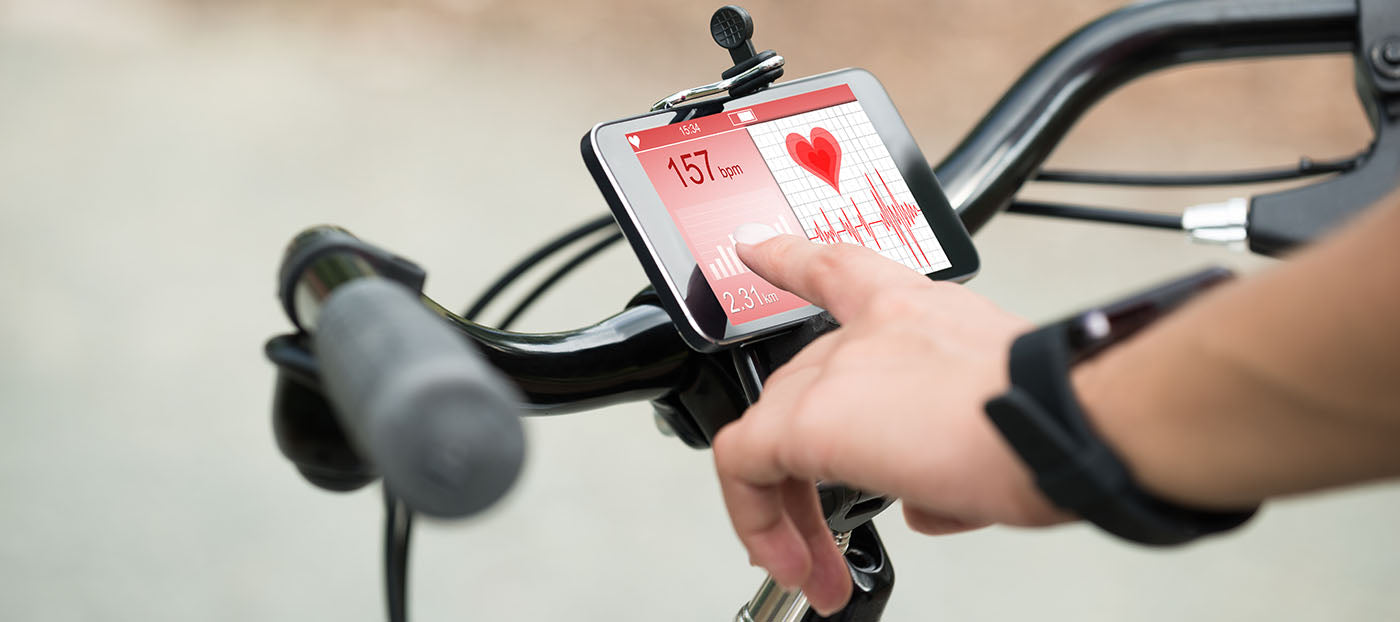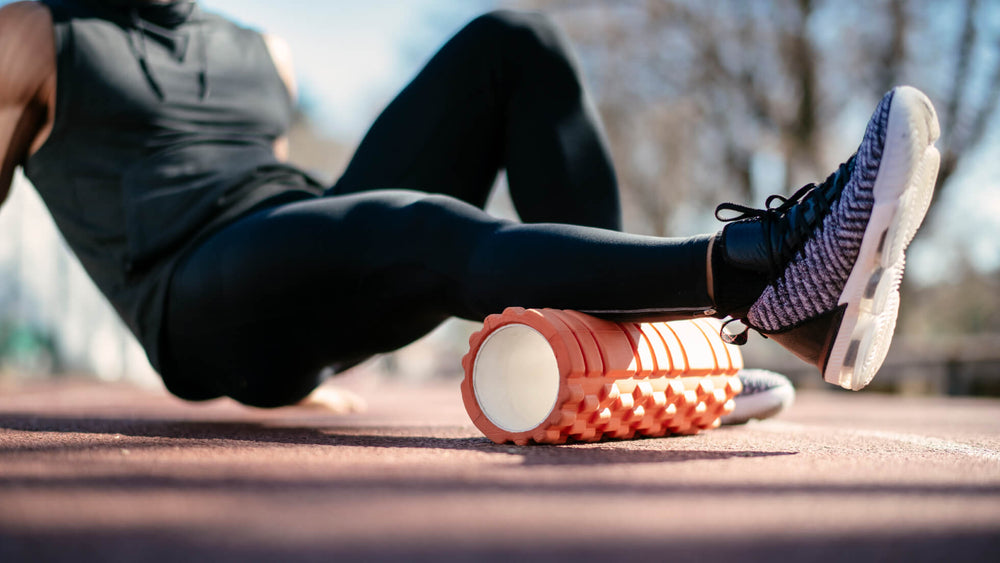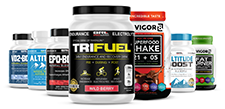Heart Rate vs. Perceived Exertion in Cyclists

In cycling there are several ways to gauge how hard you're working. The most common method is heart rate monitoring. A less common but just as effective method is perceived exertion. Power monitoring is a third method, but most cyclists do not have access to the sophisticated equipment required for this type of evaluation.
What many cyclists don’t know is that heart rate isn’t as accurate a gauge as they may think. Perceived exertion, in many instances, can actually prove to be more accurate.
Heart Rate Monitoring
Heart rate monitoring tells you how fast your heart is pumping. However, this gauge is relative based on fitness level. For example, if you have a sedentary person pedal at a decent clip for five minutes, their heart rate will rise dramatically — even though they may not be working that hard. On the other hand, the heart rate for a very fit athlete pedalling at 120 RPMs for five minutes at with decent resistance will increase only slightly.
Perceived Exertion
To overcome this discrepancy many elite cyclists prefer to use perceived exertion in conjunction with heart rate. A common way to judge perceived exertion is by assigning the following numbers to your workout:
1 Very light
2 Light
3 Moderate
4 Hard
5 Very hard
6 Maximal
Each time you work out, assign the session a number coinciding with an exertion level. For example, when you write up your weekly training schedule, instead of putting just 1 hour Tuesday, 5 hours Wednesday etc., you can put 1 hour Tuesday at level 4, 5 hours Wednesday at level 3. This method is a lot easier than monitoring heart rate but just as effective in training.
It takes a few weeks of various exercises to get the feel of each level, but once you get a general idea the chart will become an invaluable training tool.
Take the next step in your training regimen: Try any BRL Sports supplement risk-free! If our natural nutritional products aren’t the best you’ve ever used, simply return your purchase for a 100% refund — no questions asked!
Also in Inspiration & Perspiration

EPO: The Natural Advantage for Long-Distance Runners
Boost endurance naturally—learn how your body’s own EPO powers oxygen delivery, stamina, and recovery for long-distance runs.

Beating the Winter Blues: Find Your Training Motivation
Beat the winter slump—discover smart, energizing ways to stay motivated, strong, and consistent through cold-weather training.

Your Essential Winter Marathon Training Guide
Conquer cold-weather miles—learn how to layer, fuel, and stay safe while training for your winter or early spring marathon.


